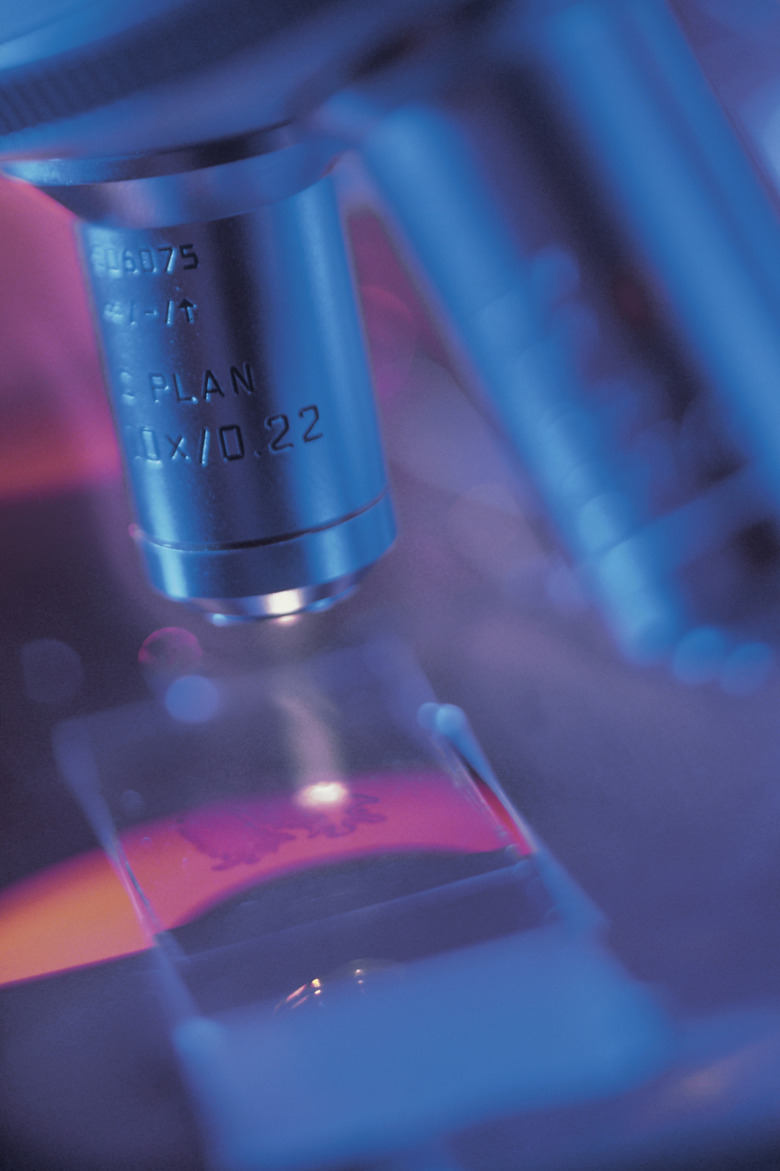The Significance Of Penta E
Penta E is known as an identifier in genetic testing. Over the past decade, genetic scientists have distinguished a core of short tandem repeat (STR) loci that are widely used for DNA typing applications. They are characterized by physical location in the human genome. The Penta loci were discovered by Promega Corporation scientists in an effort to find loci with a high variability yield and little residual information.
Identity Testing
Identity Testing
Penta E has become part of the common sequence of data variables for human identity testing. Promega's current system, the PowerPlex kit, is preferred in genetic testing laboratories for paternity testing. These commercial STR kits identify sixteen core loci through a color detection system. Penta E is easily identifiable because it is labeled with flourescein.
DNA Genetic Ancestry
DNA Genetic Ancestry
STR testing is widely used in anthropological research of populations, civilizations, ethiciotes and geography. Individuals can trace their ancestry through DNA Tribes Genetic Ancestry Analysis. This service uses genetic material from paternal and maternal ancestors to measure connections to ethnic groups and world regions. The individual's results are compared to locations matching his or her blend of ancestry.
Forensic Application
Forensic Application
STR testing has important applications in forensic casework and criminal activity. Forensic science makes use of Penta loci's uniquely distinguishable nature. The Red Cross depends on human identity testing during a mass disaster. The loci are made use of for victim identification as well as missing persons investigations.
Genetic Diseases
Genetic Diseases
Scientists investigate the potential relationship of STR loci to genetic disease-causing genes. In 2004, a team of scientists investigated genetic mutations in Indian populations. They discovered the Penta E locus is found in certain disease-carrying alleles. From there, scientists came up with methods that trace Penta loci in populations as well as transmission rates within ethnic groups. Disease-causing genes can be introduced as a result of migration or mutation.
Cite This Article
MLA
Moore, Emma. "The Significance Of Penta E" sciencing.com, https://www.sciencing.com/significance-penta-e-12112028/. 24 April 2017.
APA
Moore, Emma. (2017, April 24). The Significance Of Penta E. sciencing.com. Retrieved from https://www.sciencing.com/significance-penta-e-12112028/
Chicago
Moore, Emma. The Significance Of Penta E last modified August 30, 2022. https://www.sciencing.com/significance-penta-e-12112028/
